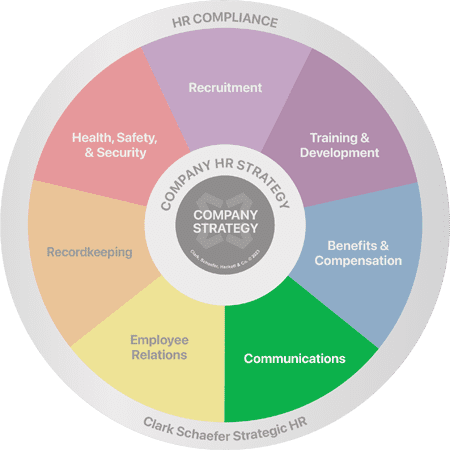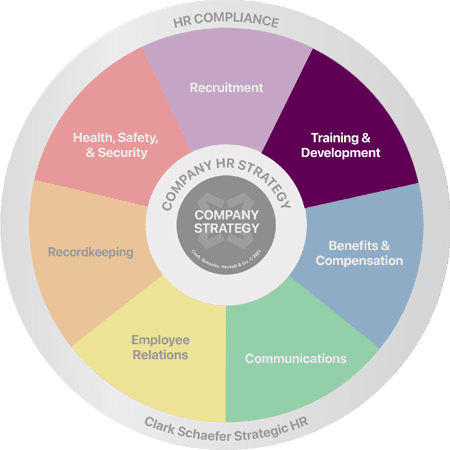Improve Employee Communication
Last Updated on November 28, 2017 / Benefits & Compensation, Communications
Question:
It seems like employees don’t listen to us when we communicate. What can we do to improve our communications to employees?
Answer:
Back in the late 70’s, my first boss at an ad agency used to refer to the “95% Factor,” meaning that 95% of the time when you are communicating with people, they are only thinking of how the information will impact them. Today, folks refer to it as WIIFM or “what’s in it for me.”
Makes sense. You’re probably thinking that same question right now.
So here’s my HR communication tip for the week: use the 95% Factor to get results by doing the following:
- Use the second person, not third. Don’t speak from the company’s perspective; take the employee’s point of view. Talk about how “you” can access and use your benefits or how “your” performance impacts your pay.
- Be specific. Focus your communications more on the “what” and “how” and not so much on the “why.” The more specific you are about the actions you want employees to take, the better results you’ll get. It also helps if you can target your communications to specific audiences so folks only get the messages that apply to them. (The last thing you want to do is make people work to figure it out.) Plus, if you can be specific about the personal impact to employees, they will pay closer attention. For example, instead of saying “you can save thousands by switching to this plan,” create versions based on current plan enrollment to say “what would you do with an extra $2,050?”. Believe me, the second version will get more attention.
- Keep it simple. Not only should you write from the employee’s point of view, you should speak their language. Avoid acronyms and other benefits “geek speak.” Try to write on about a 5th to 7th grade level by keeping sentences short and avoiding words with multiple syllables. Not because your audience isn’t smart enough to understand higher reading levels, but because they only have seconds to scan for the 95% Factor information.
- Make it relatable. People make decisions based on emotions, then justify with facts. To make an emotional connection, your communications need to be relatable. Use photos or images of folks like your employees. If they are blue collar, don’t use the infamous conference room shot of a bunch of models in slick suits. Show folks who get their hands dirty. When you are trying to explain a complex issue, use examples or stories to illustrate your point. People relate much better to stories of “people like me” than they do to charts.
When creating your HR communications, keep this in mind: whenever employees see or hear any message, all they want to know is three things:
- What’s this about?
- How’s it impact me?
- What do I have to do?
Answer those questions, and you’ll have met the 95% Factor 100% of the time.
Note to AP Stylebook geeks: I realize percent is supposed to be spelled out. I used the symbol on purpose.
A special thanks to Elizabeth Borton, President of Write on Target, for sharing her expertise with us. Sign-up on her website at to receive future communication blogs at www.writetarget.com. Or, you can contact her with questions at EBorton@WriteTarget.com or 937.436.4565, ext 28.






